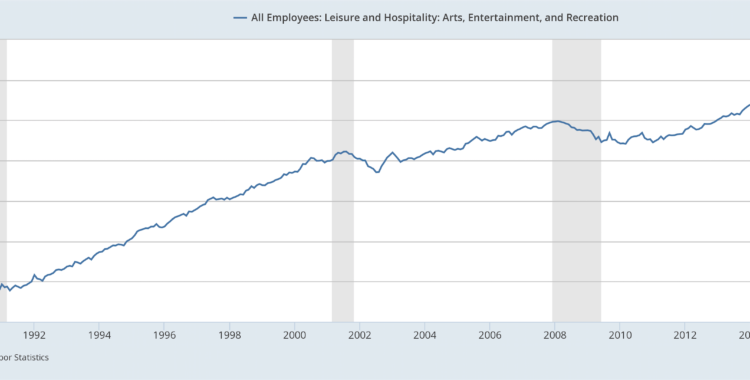
Valuing the National Endowment for the Arts
January 28, 2017
by Diana Greenwald | Filed in: Current Events
The first week of a new presidential administration has provided a long list of controversies being hotly debated in the media and around dining room tables. From refugee policies and Obamacare to rogue National Park Service Twitter accounts, it is perhaps hard to locate discussions about the arts amidst all the action and uproar. However, the new president has also set his sights on Federal arts funding. As detailed on Snopes.com, Trump would like to eliminate financing for the National Endowment for the Arts (NEA) and the National Endowment for the Humanities (NEH), which represents about 0.006% of 2016 Federal spending.
Threatening Federal funding for the arts is not a new thing for a Republican President. Founded in 1965, the NEA was first threatened with extinction in 1981 when Ronald Reagan assigned a task force to cut its budget—perhaps in entirety. Though the Reagan team only cut 10% of the endowment’s budget, threatening its finances has been a recurring theme, as detailed in this Quartz article. These discussions have mostly centered on the topic of wasteful government spending—like the conservative Heritage Foundation report Trump’s proposed cuts emulates. However, there are other ways to think about the value of the NEA.
Often, one can defend the NEA with the more intangible value of the cultural outputs it helps produce–like the aesthetic experiences of audiences and the cultural exchange and expression that funded works facilitate. However, in the current political climate, economic justifications must also be cited. As a recent letter to members of the College Art Association stated:
Employment was a constant theme of the 2016 Presidential election and remains a favorite topic of the new administration. While the NEA is usually accused of propping up useless cultural production, employment data shows that they contribute to a growing and vital part of the U.S. economy. As manufacturing, mining and other heavy industry jobs give way to high-capital automation, urban services economies are flourishing. The arts are part of this transition.
“The organizational grantees generate hundreds of millions of dollars in matching support and countless new works of art and scholarship. These works and related projects are studied and enjoyed by millions of Americans in museums and other venues. The cultural sector of the US economy generates more the $135 billion in revenue and employs over three million people in small towns and large cities countrywide.”
Compare and contrast three graphs available on FRED, hosted by the Federal Reserve Bank of St. Louis. One is the graph whose detail is the featured image of this post, which shows steady growth in the arts, entertainment and recreation sector from 1990 to present, the maximum time scale available. The second illustrates the employment of people in manufacturing over the same period. Comparing these two graphs shows two contrasting trends. While the arts and leisure sector has grown strongly for two decades, manufacturing employment has crumbled and now appears to be stabilizing. To look at sub-sectors of similar magnitude, one can look at the manufacturing of electrical goods and appliances, the sub-sector that Carrier, the company Trump pressured to stay in Indiana, falls into. Again, we see employment steadily declining to what seems to be a stable but lower plateau.
One way to view sponsorship of the NEA is as government’s understanding of these larger economic trends. Funding the arts is a recognition that the U.S. economy is transitioning to an urban services economy with a vibrant cultural sector. A focus on the arts is a focus on the future of American employment rather than a stubborn insistence to look backward to economic sectors whose most vibrant years are at least twenty years behind them.
Empathy, New Media, and an Inclusive Economy >>
